Is Yellow Rice Healthy? Nutrition, Calories, Carbs
Is yellow rice a smart choice for your well-being?
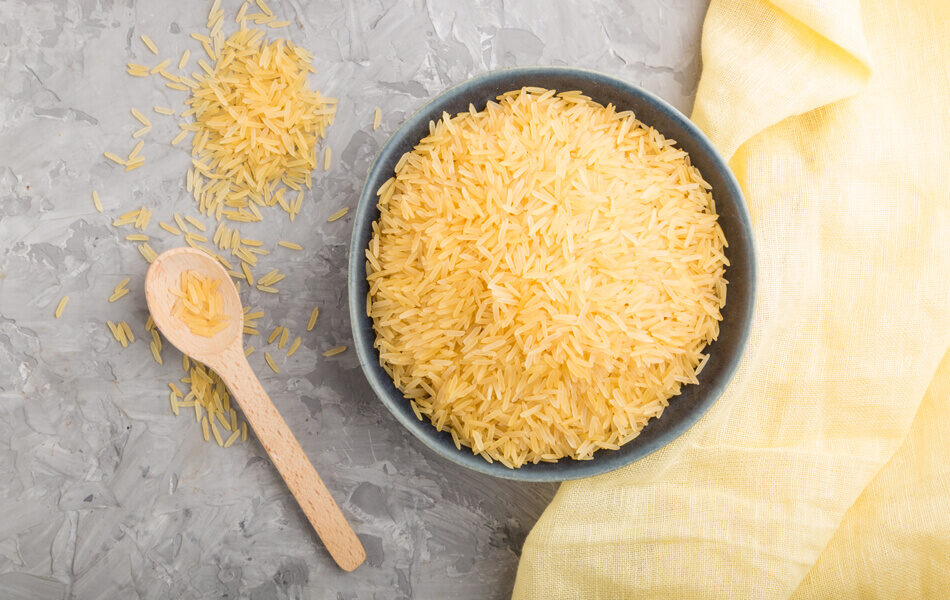
Yellow rice is not a natural kind of rice. It is basically white rice that has been spiced with saffron or turmeric, both of which are crucial ingredients in Asian cuisine.
Turmeric and saffron add a bright yellow color to this rice. While there are many different ways to prepare yellow rice, onions and coconut milk are commonly added.
Continue reading for a full nutritional breakdown of yellow rice.
Is Yellow Rice Healthy?
Yellow rice is healthy if consumed in moderation, since white rice is often used to prepare yellow rice.
White rice lacks many vitamins and minerals as it is highly processed. White rice has a GI of 64. This means that its carbs are converted into blood sugar faster, and consumption of white rice can increase the risk of type 2 diabetes [1].
Go for yellow rice that is made from brown rice, as it contains more nutrients than white rice.
In comparison to cooked white rice, which has 242 calories per cup, cooked brown rice has 218 calories per cup and 3.5g of fiber.
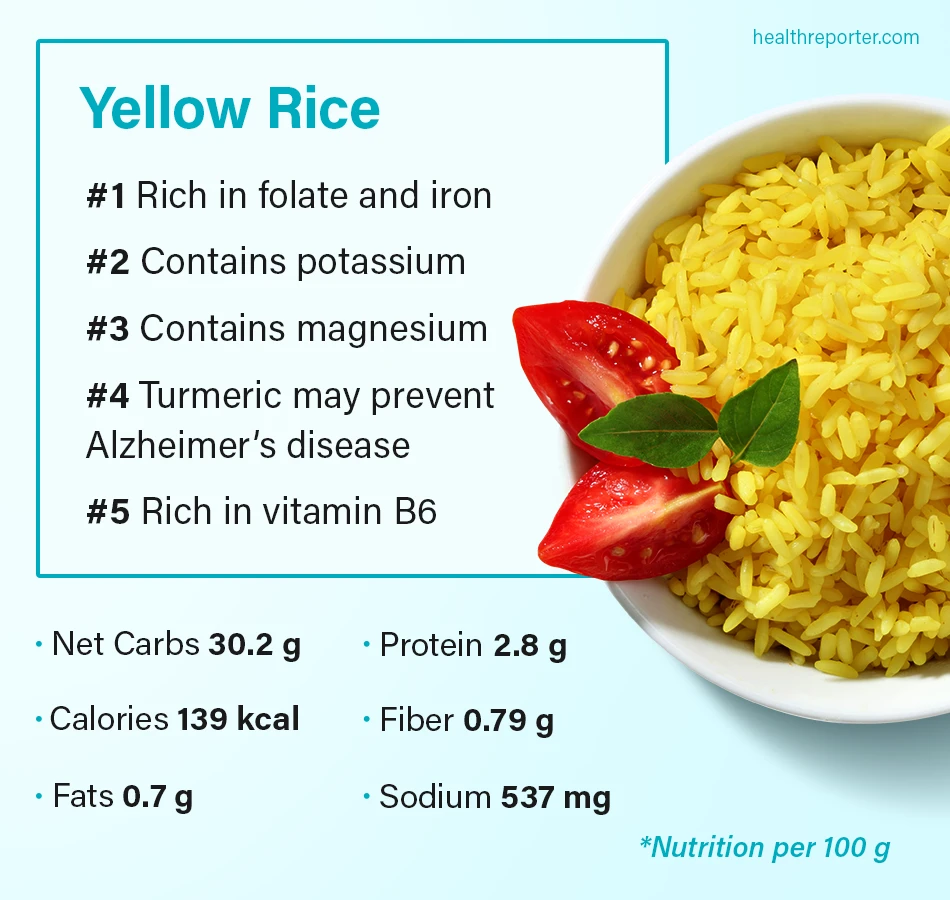
5 Benefits of Yellow Rice
Yellow rice offers a variety of benefits due to the addition of turmeric or saffron.
Turmeric has significant health advantages for both your body and brain. Many of these benefits are due to its major active component, curcumin.
Thank you for your answer
Health Reporter Surveys
Saffron, on the other hand, has a remarkable range of plant components. These act as antioxidants, which are substances that protect your cells from the harmful effects of oxidative stress and free radicals.
Here are a few benefits of eating yellow rice:
#1 Rich in folate and iron
Yellow rice has many benefits when it is prepared from enriched white rice. Enriched white rice is high in folate and iron.
The body needs the nutrient folate, often known as vitamin B9 or folic acid. Folate is crucial for your body’s fundamental cell processes. Including adequate folate in your diet may lower your risk of developing specific cancers [2].
The recommended daily amount (RDA) of folate is 400mcg per day. Adult women who are planning a pregnancy or could become pregnant should take 400 to 1,000mcg of folic acid daily.
Iron helps in the maintenance of numerous critical functions within the body, including overall energy and focus, gastrointestinal processes, immune response, and body temperature regulation.
#2 Contains potassium
The activation of nerve impulses throughout your neurological system depends on potassium [3]. The heartbeat, reflexes, muscular contractions, and many other functions are all controlled by nerve impulses.
The risk of stroke was observed to be 24% lower in those who consumed the most potassium compared to those who consumed the least [4].
There is nearly 801mg of potassium present in a 100g serving of yellow rice.
Because lack of potassium is uncommon, there is no RDA (required daily allowance) for this mineral. For adults, however, it is suggested that 1,600 to 2,000mg per day is sufficient [5].
#3 Contains magnesium
Cooked yellow rice has 30mg of magnesium per 100g serving, which might help you meet the 420mg daily allowance [6].
Magnesium, a structural component of bones, is important for normal nerve conduction and muscle contraction as well as for hundreds of enzyme activities that help create DNA and proteins.
Your body becomes more insulin resistant when you don’t have enough magnesium [7]. Magnesium deficiency has been associated with several chronic cardiovascular diseases, including hypertension, diabetes, and hyperlipidemia.
#4 Turmeric may prevent Alzheimer’s disease
Turmeric is added to white rice to give the yellow rice a bright yellow color. Numerous studies have shown that turmeric offers important health benefits for both your body and brain.
Many of these advantages are due to a compound called curcumin.
While some of its symptoms can be treated, there is still no cure for Alzheimer’s. It’s crucial to stop it from happening in the first place because of this.
Curcumin has advantageous effects on both inflammation and oxidative damage, which are known to contribute to Alzheimer’s disease [8]. Turmeric’s anti-inflammatory property also aids in weight loss.
#5 Rich in vitamin B6
There is nearly 0.58mg of vitamin B6 present in a 100g serving of yellow rice.
Yellow rice contains nearly 44% of the required daily amount of vitamin B6. The required daily amount of vitamin B6 for men is 1.4mg; for women, it is 1.2mg [9].
Several studies have found that depressive symptoms are associated with low vitamin B6 levels, particularly in older adults who are at high risk of B vitamin deficiency [10].
Vitamin B6 assists chemical reactions in the immune system, allowing it to function more effectively. Consuming vitamin B6-rich foods will help your body fight infection. Low vitamin B6 levels have been linked to a weak immune response involving older adults [11].
Downsides of Yellow Rice
Generally, yellow rice is considered to be a relatively healthy food. However, there are some potential downsides to consider.
#1 High in calories and carbohydrates
Firstly, yellow rice is typically higher in calories than white rice because fo the fat usually added while cooking. Additionally, yellow rice is not as nutrient-dense as some other grains, such as quinoa or barley. These other grains provide significantly more protein, fiber, vitamins, and minerals than yellow rice.
#2 May contain added preservatives
Some brands of yellow rice contain added preservatives to extend its shelf life. These preservatives can be unhealthy and are best avoided. When buying yellow rice, check the label to make sure that there are no added preservatives. Ideally, the label should say “all natural” or “no preservatives.” It is also a good idea to check the ingredients list for any artificial additives.
Yellow Rice vs. White Rice
Yellow rice, is essentially white rice that has been colored with turmeric. Saffron is also sometimes added during the preparation of yellow rice as it gives the same bright yellow color.
White rice and yellow rice are not whole grains because the brown layer, which contains the most nutrients, is removed. They are high in carbohydrates while being low in fat. They are also high in protein, making them an excellent vegetarian source.
Yellow rice has a slightly piquant flavor, and white rice has a nutty flavor.
Yellow rice has more nutritional benefits than white rice. A 100g serving of cooked yellow rice contains 30mg magnesium, 0.62mg iron, 195mg potassium, 38mg calcium, and 20mcg folic acid.
On the other hand, a 100g serving of long grain unenriched raw white rice contains 25mg magnesium, 0.8mg iron, 115mg potassium, 28mg calcium, and 0mcg folic acid.
Due to the store-bought spice mix or added salt, yellow rice has a very high sodium content. There is nearly 537mg of sodium present in just 100g of cooked yellow rice. In comparison, white rice contains only 5mg of sodium in it.
Yellow Rice Nutritional Facts
The below nutrition information is taken from the United States Department of Agriculture (USDA) databases for 100g of cooked yellow rice without fat added.
Nutritional table (per 100g)
| Calories/Nutrient (per 100g) | Amount |
| Calories (kcal) | 139 |
| Sodium (mg) | 537 |
| Net Carbs (g) | 30.2 |
| Fiber (g) | 0.79 |
| Sugar (g) | 0.7 |
| Fats (Total) | 0.7 |
| Protein (g) | 2.8 |
| Cholesterol (mg) | 0 |
High in carbohydrates
Yellow rice contains 74.7g of carbohydrates. As the carbohydrate content is very high, yellow rice comes under the high glycemic index (GI) category. If you consume too many carbohydrates, your blood sugar levels may increase.
Low in fats
The fat content in yellow rice is 0.711g. 0.213g is polyunsaturated fat, and 0.11g is monounsaturated fat. Yellow rice doesn’t contain any saturated fat or trans fat in it.
Even though yellow rice has low-fat content, it does not have any saturated or trans fat in it. These two fats are primarily responsible for increasing the LDL “bad” cholesterol in our bodies.
High in calories
Cooked yellow rice has 139 calories present per 100g serving. The majority of the calories come from carbohydrates, which makes it an excellent source of energy.
Minerals and vitamins
Yellow rice is a good source of magnesium, iron, potassium, calcium, folic acid, thiamine, riboflavin, niacin, and vitamin B6. However, it is high in sodium and has less amount of vitamin A, vitamin C, and fiber.
A Word From Our Nutritionist
By making a few changes to your recipe, you can make yellow rice healthier, especially for weight loss. Use brown rice instead of white rice to increase fiber and help in weight loss.
White rice is typically avoided, but it can be a better substitute for brown rice in some situations. Women who are pregnant, for example, may benefit from the additional folate found in enriched white rice.
Furthermore, people on a low-fiber diet and adults suffering from nausea or heartburn may find that white rice is easier to digest and does not cause unpleasant symptoms. Brown rice, on the other hand, is still the better choice for the majority of people.
You can also reduce the sodium content of yellow rice by leaving out or reducing the amount of salt or packaged seasoning added.
FAQs
As yellow rice is high in carbohydrates, it is not good for people with diabetes as consuming too much rice can significantly increase the risk of type 2 diabetes [12].
Yellow rice is healthy since it contains turmeric and nutrients such as calcium, iron, magnesium, phosphorus, potassium, sodium, and zinc. But some yellow rice varieties may be rich in sodium, with up to 750mg in a 1-cup cooked serving.
Yes, turmeric rice is the same as yellow rice. Turmeric rice is generally prepared in a rice cooker by adding sauteed vegetables, spices, and coconut oil. This yellow rice recipe calls for turmeric, but you can also add saffron instead.
There are approximately 88 calories present in 100g of cooked yellow rice.
Yes, yellow basmati rice is healthy as B vitamins are abundant in basmati rice, particularly vitamin B1 (thiamine). Each serving contains 22% of the daily recommended consumption. Thiamine is necessary for brain functioning.
Conclusion
Yellow rice is healthier than white rice due to the added benefits of turmeric or saffron. However, due to its high carb and sodium content, yellow rice should be consumed in moderation.
Switch to yellow rice that is made from brown rice as it is packed with dietary fibers and helps improve your blood sugar levels.
To make sure you stick to a healthy diet you can also use a nutrition tracking app or read our other articles on healthy eating to establish good habits.
Sources
- Sun Q, Spiegelman D, van Dam RM, Holmes MD, Malik VS, Willett WC, Hu FB. White rice, brown rice, and risk of type 2 diabetes in US men and women. Arch Intern Med. 2010 Jun 14. https://pubmed.ncbi.nlm.nih.gov/20548009/
- Pieroth R, Paver S, Day S, Lammersfeld C. Folate and Its Impact on Cancer Risk. Curr Nutr Rep. 2018 Sep. https://www.ncbi.nlm.nih.gov/pmc/articles/PMC6132377/
- National Library of Medicine. Potassium. https://medlineplus.gov/potassium.html Accessed 17/01/2024
- Aburto NJ, Hanson S, Gutierrez H, Hooper L, Elliott P, Cappuccio FP. Effect of increased potassium intake on cardiovascular risk factors and disease: systematic review and meta-analyses. BMJ. 2013 Apr 3. https://pubmed.ncbi.nlm.nih.gov/23558164/
- US Department of Health and Human Services, National Institutes of Health, Office of Dietary Supplements. Potassium. https://ods.od.nih.gov/factsheets/Potassium-Consumer/ Accessed 17/01/2024
- US Department of Health and Human Services, National Institutes of Health, Office of Dietary Supplements. Magnesium. https://ods.od.nih.gov/factsheets/Magnesium-Consumer/ Accessed 17/01/2024
- Fox C, Ramsoomair D, Carter C. Magnesium: its proven and potential clinical significance. South Med J. 2001 Dec. https://ods.od.nih.gov/factsheets/Magnesium-Consumer/
- Chen M, Du ZY, Zheng X, Li DL, Zhou RP, Zhang K. Use of curcumin in diagnosis, prevention, and treatment of Alzheimer’s disease. Neural Regen Res. 2018 Apr. https://www.ncbi.nlm.nih.gov/pmc/articles/PMC5950688/
- US Department of Health and Human Services, National Institutes of Health, Office of Dietary Supplements. Vitamin B6. https://ods.od.nih.gov/factsheets/vitaminb6-Consumer/ Accessed 17/01/2024
- Hvas AM, Juul S, Bech P, Nexø E. Vitamin B6 level is associated with symptoms of depression. Psychother Psychosom. 2004 Nov-Dec. https://pubmed.ncbi.nlm.nih.gov/15479988/
- Qian B, Shen S, Zhang J, Jing P. Effects of Vitamin B6 Deficiency on the Composition and Functional Potential of T Cell Populations. J Immunol Res. 2017. https://www.ncbi.nlm.nih.gov/pmc/articles/PMC5358464/
- White rice consumption and risk of type 2 diabetes: meta-analysis and systematic review.





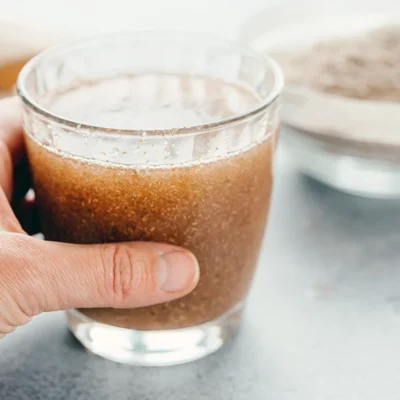


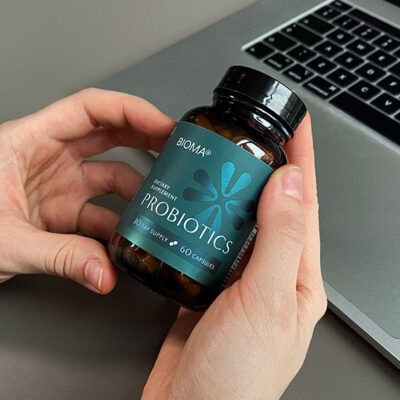




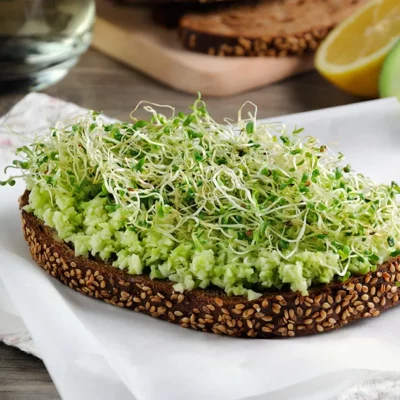






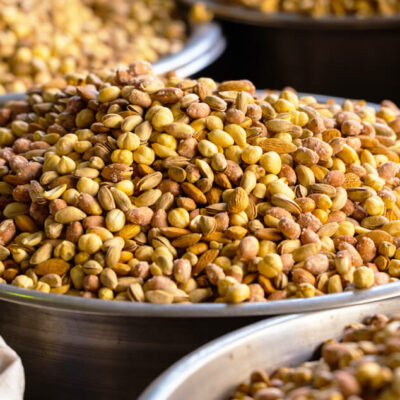

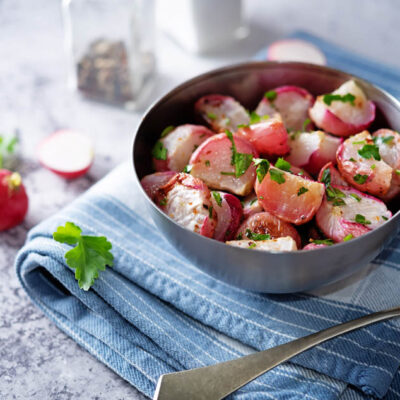
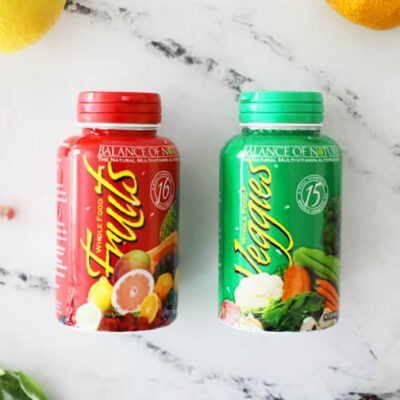

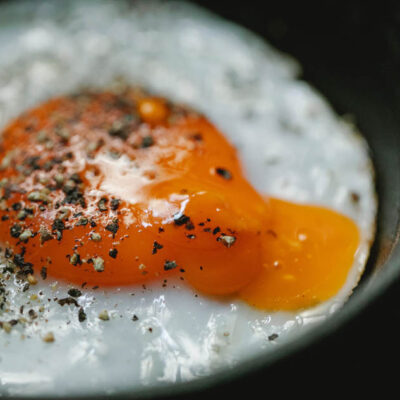
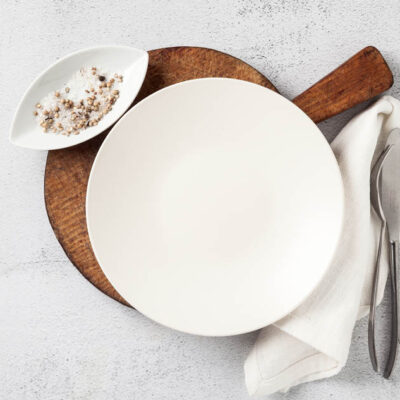
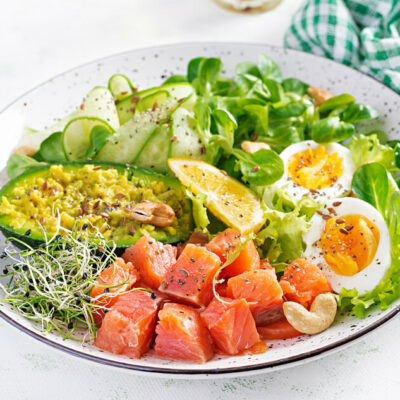










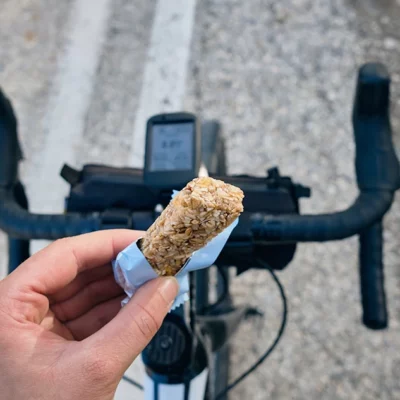




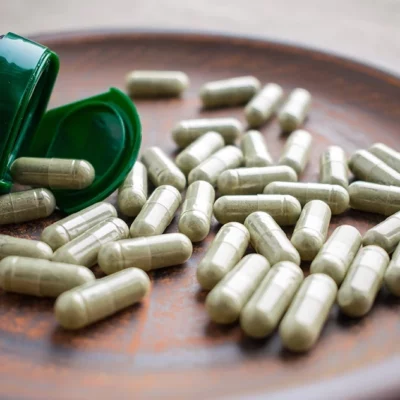





 Select your language:
Select your language: 








